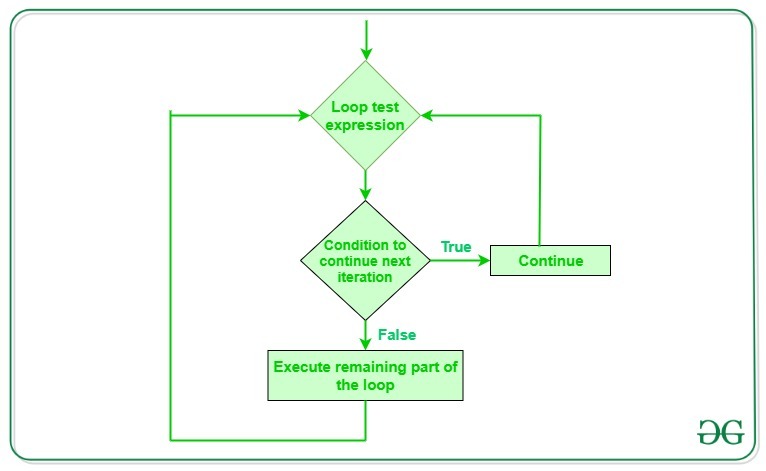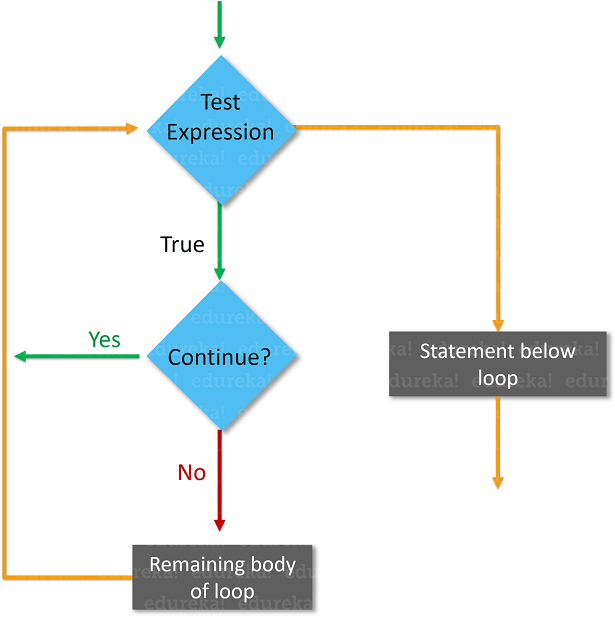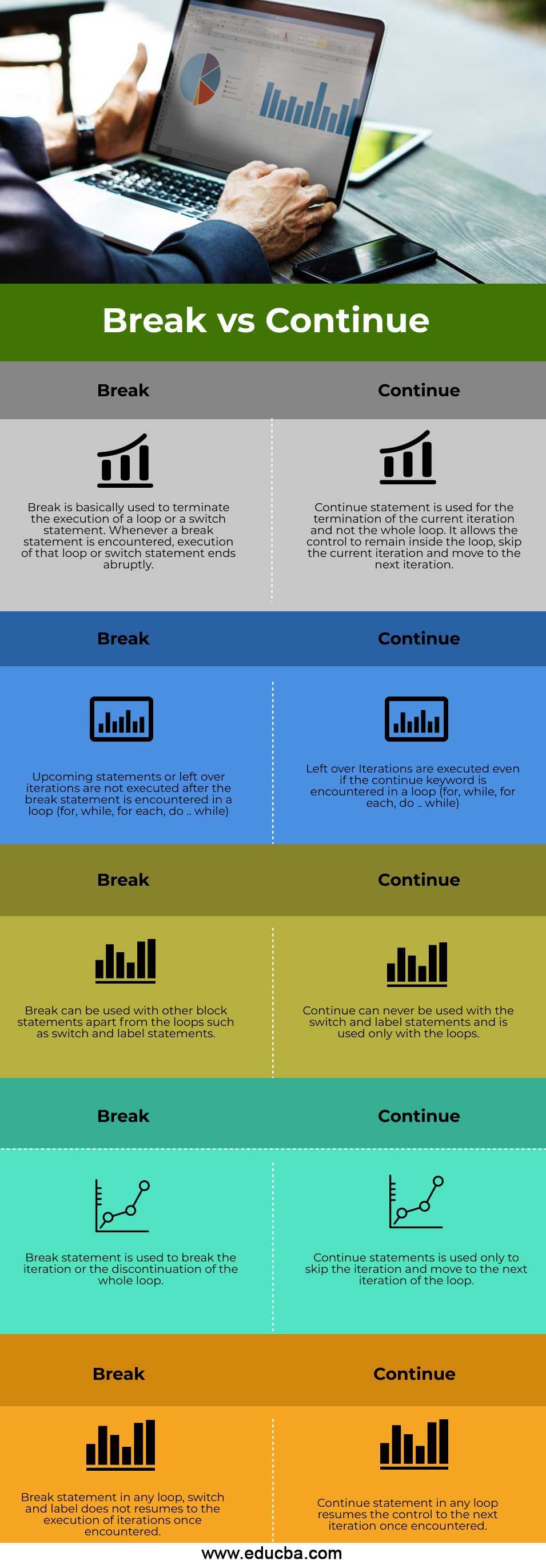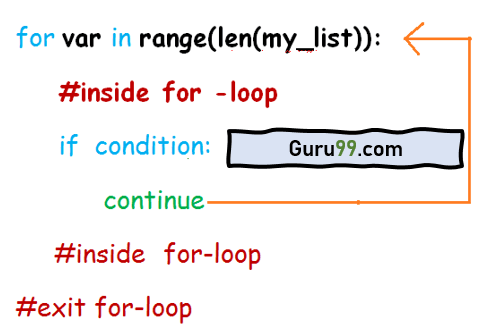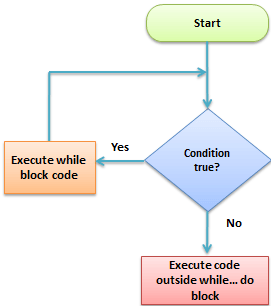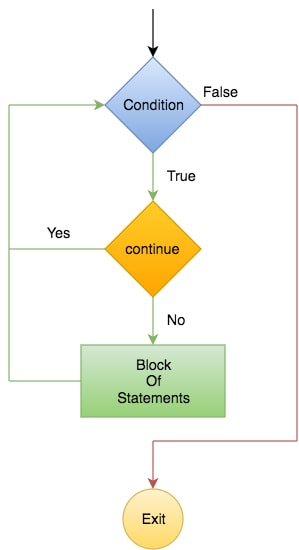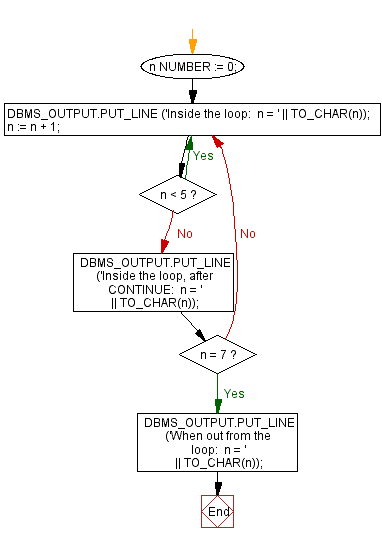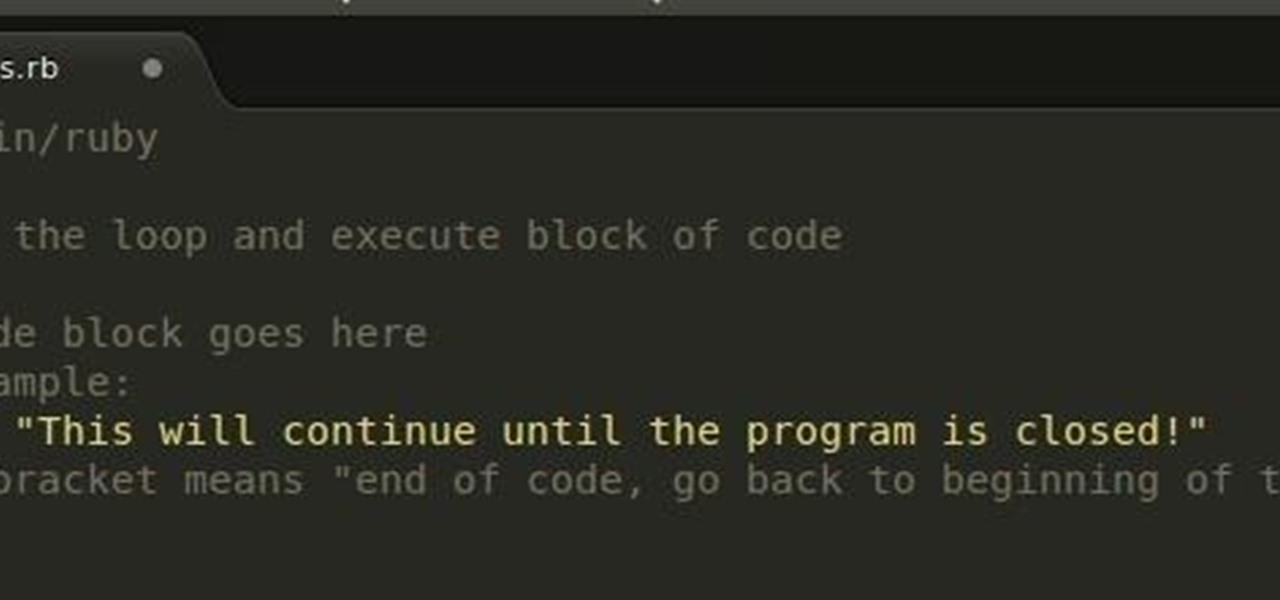Ruby Each Loop Continue

Ruby useful loop rb 1 the break keyword allows us to exit a loop at any point so any code after a break will not be executed.
Ruby each loop continue. Let s find out how to use them. Before you can use each you need a collection of items like an array a range or a hash. Ruby next keyword skip iteration the next keyword allows you to skip one iteration. Ruby loops loops in ruby are used to execute the same block of code a specified number of times.
A b c each with index el i puts i 0 1 2. Executes code once for each element in expression. Since almost all computing tasks use lists of variables and have to do something with each of them in the list the each loop is by far the most common loop in ruby code. Well in ruby we have all kinds of loops.
The each loop the eachloop is perhaps the most useful of all the loops. This chapter details all the loop statements supported by ruby. It is mostly used in while loop where value is printed till the condition is true then break statement terminates the loop. In ruby we use a break statement to break the execution of the loop in the program.
It takes two parameters. Finding out current index in an each loop. Ruby while loop n x 1 end output. Like a while loop the condition x 11 is checked when entering the loop and each time the loop body executes.
X 1 y 11 until x y do print x. Like the array these elements are placeholders that are used to pass each key value pair into the code block as ruby loops through the hash. This works exactly like the each method for an array object with one crucial difference. For a hash you create two elements one for the hash key and one for the value.
Next let s look at adding conditions within a loop by printing all even numbers from 0 up to 10. The ruby each loop the ruby method each allows you to go over a list of items without having to keep track of the number of iterations or having to increase some kind of counter. Note that break will not exit the program but only exit the loop and execution will continue on from after the loop. It s sometimes useful to know where you are in the list so for that you need to have an index.
That s where the next break keywords come in. Each loop will take a list of variables and run a block of statements for each of them. While each doesn t give you that you can use each with index. When writing a loop you may want to skip an iteration or to end the loop early.
Live demo usr bin ruby for i in 0 5 puts value of local variable is i end here we have defined the range 0 5.


